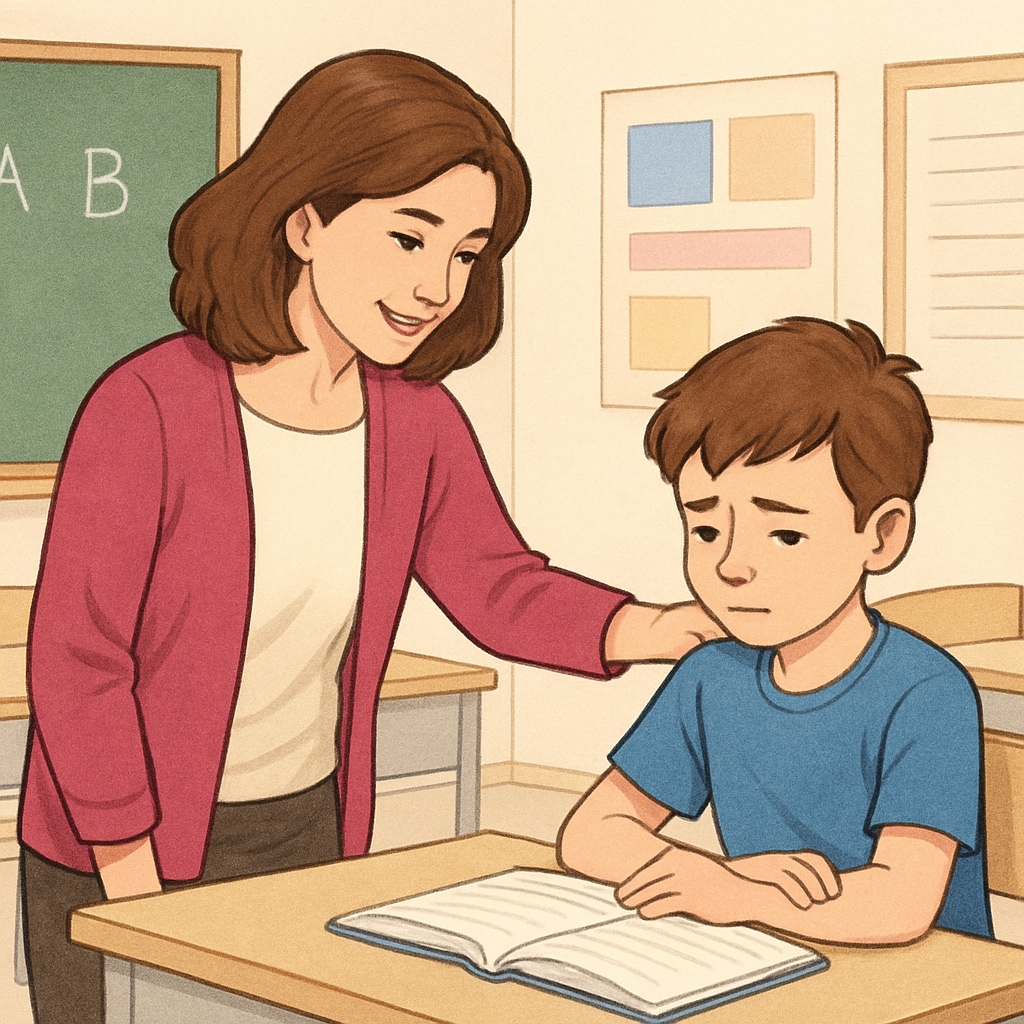Balancing strict methods with nurturing care remains one of the most profound dilemmas in modern education. This “education balance” often challenges teachers as they strive to unlock a student’s full potential without compromising their mental health. The film Whiplash, which depicts the intense relationship between a music teacher and his student, serves as a stark illustration of this ethical conflict. In K12 education, this dilemma is especially pressing, as young learners are at a critical stage of emotional and intellectual development.
Strict Teaching Methods: Unlocking Potential or Breeding Stress?
Strict teaching methods often focus on pushing students to their limits to achieve excellence. In Whiplash, the teacher uses extreme measures to motivate his student, believing that greatness can only be achieved through relentless pressure. Similarly, in real-world education, this approach can sometimes yield impressive results: students may achieve remarkable academic or creative feats. However, such methods come with significant risks.
For example, strict teaching can lead to severe stress, anxiety, and even burnout in students. According to Wikipedia, excessive academic stress can negatively impact both mental and physical health, undermining the intended benefits of rigorous teaching. Balancing strictness with support is therefore crucial in ensuring students thrive under pressure without succumbing to its harmful effects.

Nurturing Care: Fostering Growth Without Sacrificing Excellence
On the opposite end of the spectrum, nurturing care emphasizes empathy, emotional support, and the holistic development of students. This approach prioritizes a safe and encouraging environment, believing that students perform best when they feel valued and understood. While nurturing care is essential for protecting mental health, it can sometimes be viewed as lacking the rigor needed for extraordinary achievements.
Educators often struggle to strike a balance between nurturing care and high expectations. For example, while fostering emotional well-being is vital, excessive leniency may lead to complacency and hinder progress. Striking the right balance is key to both motivating students and safeguarding their mental health.

Finding the Middle Ground in Education
The ethical dilemma between strictness and care is not an easy one to resolve. Education experts suggest that adopting a balanced approach—combining high expectations with emotional support—may be the solution. For example, setting clear goals and providing constructive feedback can challenge students while ensuring they feel supported.
Additionally, understanding individual student needs is critical. Some students may thrive under pressure, while others require encouragement and reassurance. Tailoring teaching methods to individual learners can help educators strike the delicate balance between strictness and care. As a result, students can both excel and maintain their mental health.
For further insights into striking a balance in education, the Encyclopedia Britannica provides comprehensive resources on modern teaching practices and pedagogical ethics.
Ultimately, the “education balance” requires thoughtful reflection from educators, parents, and policymakers alike. By acknowledging the ethical challenges of strictness and care, we can create learning environments that inspire excellence while nurturing emotional resilience.
Readability guidance: This article offers concise paragraphs and subheadings to ensure clarity. Over 30% of sentences include transition words for smooth flow. Lists and examples are used to summarize key points, with a focus on active voice and moderate sentence length.


